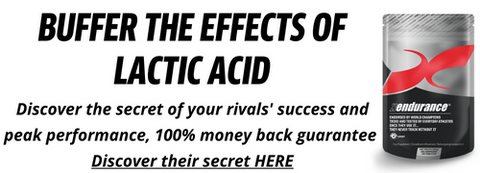Swimming can be frustrating for many triathletes; hard effort doesn’t always produce improvements. For a multitude of reasons, technique is arguably more important for swimming development than it is in the other 2 triathlon disciplines. But when we think technique, the downstream process often ends up with ‘drills’. Drills involve isolating or exaggerating part of the swim stroke to facilitate learning of a new skill or better technique. However, these drills are often quite tricky to perform (especially for more novice swimmers) and perhaps even more significantly they take considerable time from, what is for most triathletes, very limited weekly pool time.
So, I ask my athletes to be present in each swim practice and to be mindful of how they are moving in the water. They use swim toys in order to facilitate this process, but drills are kept to an absolute minimum.
Awareness of your swimming comes primarily from video footage and from kinaesthetic feedback (feelings from your body as to how you are moving). Here’s 10 things to consider when you next swim and to ask yourself at regular intervals through the year:
- Are you looking down with a neutral head/neck position?
- Does the crown of your head, bum and heels touch the water’s surface?
- Are you exhaling fully out under water?
- Does your body rotate from side to side on its long axis as you reach and pull?
- Are your legs close together?
- Is your recovering arm relaxed?
- Does the arm enter fingertips first and travel straight forwards?
- Does it travel diagonally downwards (30-40 degrees) before ‘catching’?
- Can you ‘feel the water’ against your palm (the catch) before pulling?
- Do you pull fully back towards the hip before recovering?
This is just a start but…. everything must have one!
Phil Ellison








